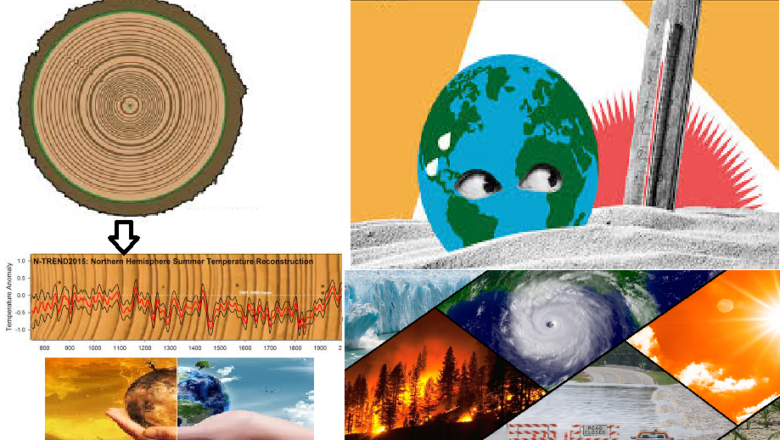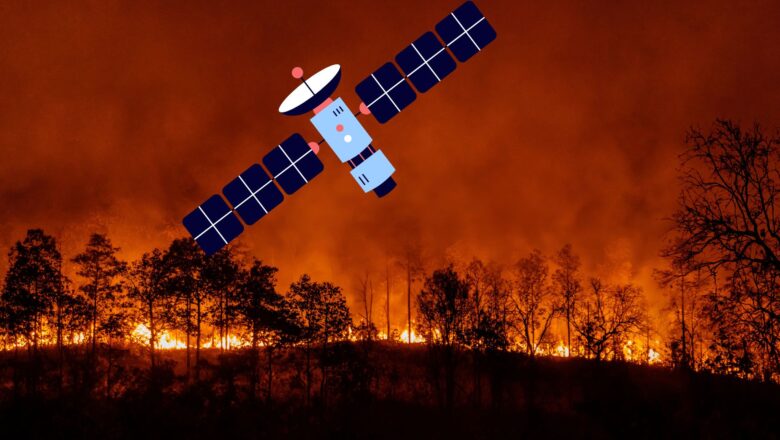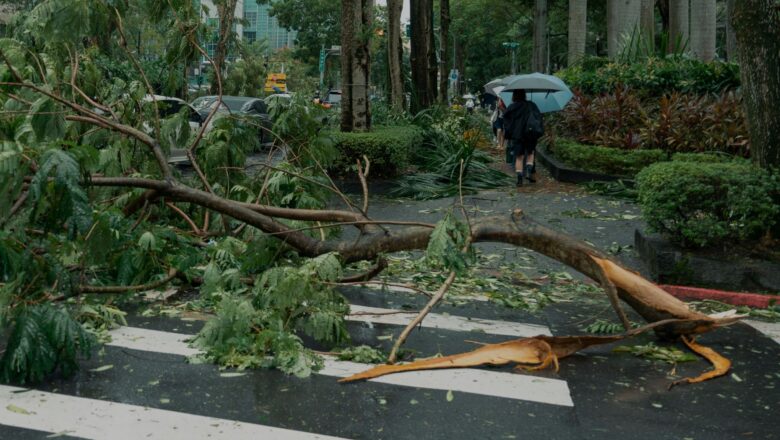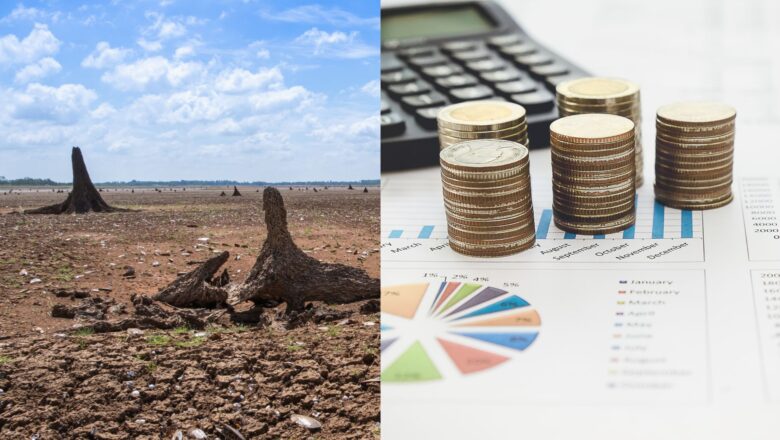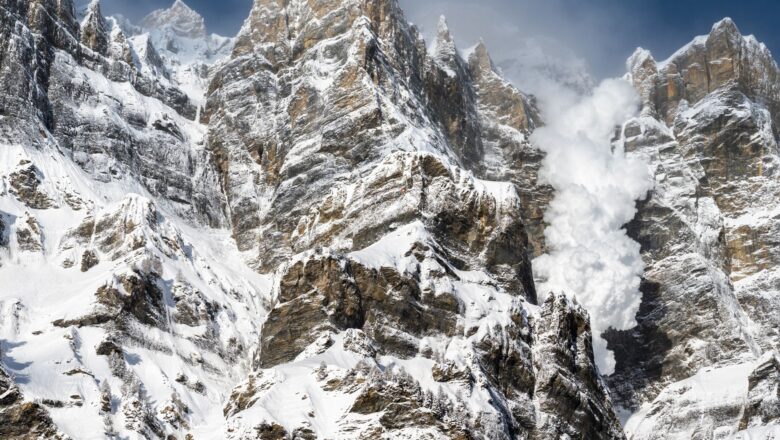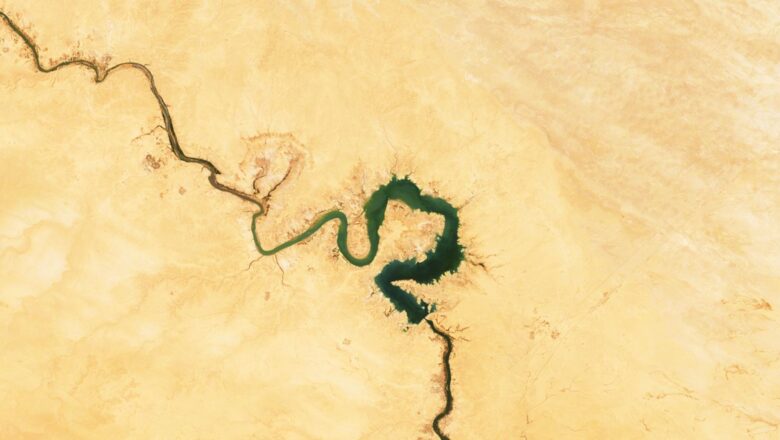
Urbanisation Disappear Eight Dragonfly Species from Pune as 27 New Ones Discovered
A recent study has revealed a dramatic shift in Pune’s dragonfly population, with eight species vanishing while 27 new species have been discovered. Conducted by researchers and citizen scientists, the study attributes the loss of local species to land-use changes, water pollution, shifting weather patterns, and rapid urbanisation.
Published in the International Journal of Tropical Insect Science the research was led by scientists from Maharashtra Institute of Technology-World Peace University and conducted between 2019 and 2022 across 52 locations in Pune. The city, which falls within the Western Ghats and Deccan Peninsula biogeographic zones, is home to a rich diversity of odonates, the insect order that includes dragonflies and damselflies.
Dragonflies as Environmental Indicators
...


